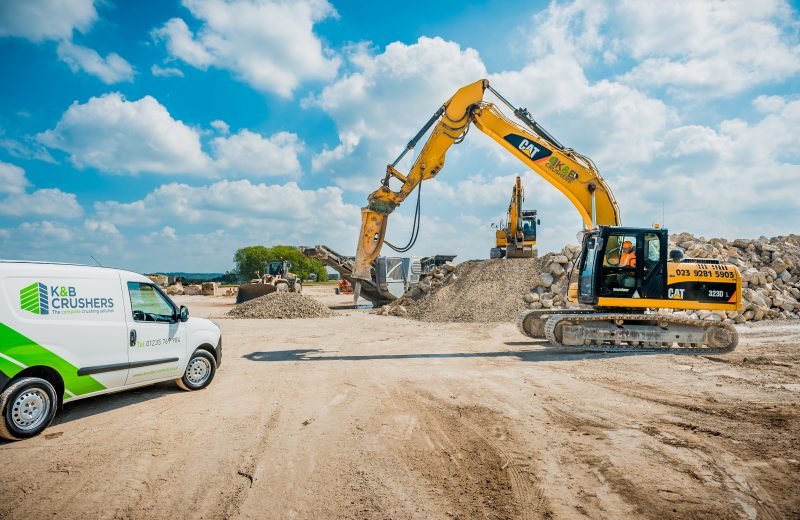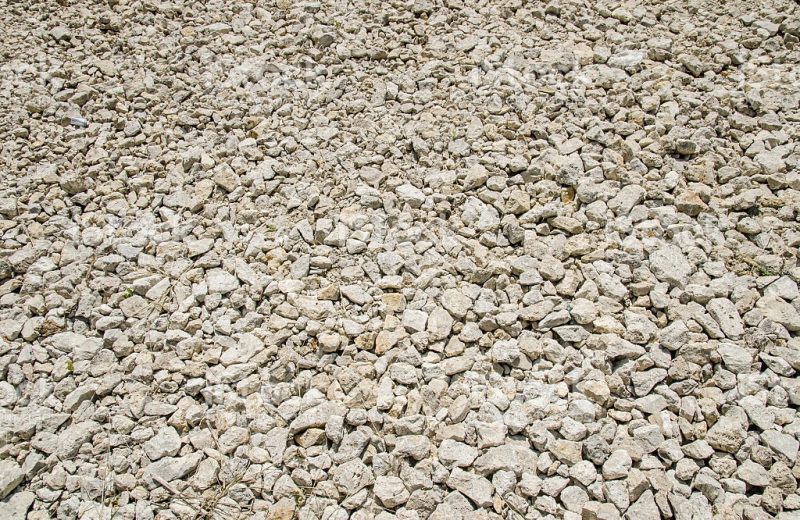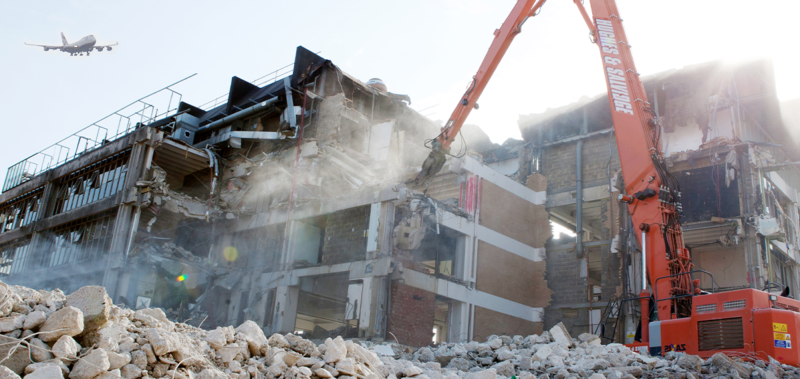Backfill is essential to creating a solid and stable grading. In construction, backfill is responsible for replacing soil that is removed during the building process and is used to support the foundation of a structure. Many materials can be used, which all depend on the backfill requirements.
The same soil that was removed during construction can be mixed with other soil, stones and rocks depending on the structural conditions.
Types of backfill materials used in construction
The types of backfill material in construction consist of many elements, including:
Coarse-grained soils
Coarse-grained soils consist of gravel or sand-like soils and are frequently recognised by their rounded to angular grain sizes. Coarse-grained soil feels gritty like sand when touched.
Finely graded soils
Finely graded soils are distinguished on the level of their plasticity, usually considering their dry strength, dispersion and dilatancy. Finely graded soils possess good load-bearing qualities when dry, but hold little or no bearing strength when wet.
Commercial by-products
Commercial by-products include materials such as fly ash or furnace slag, which are beneficial to use for backfill since they are so easily available in comparison to natural materials. Furnace slag and fly ash work well in situations where natural backfill doesn’t exist.
CLSM
CLSM is a self-compacting, low-strength cementitious material primarily used as a backfill amongst other solutions. CLSM mix consists of water, cement, fly ash and either fine or coarse aggregates or both. Since CSLM is designed to be fluid, its use as a backfill serves a great purpose. Soil backfill cannot achieve the same level of density as CLSM.
What to keep in mind when backfilling
- Firstly, before you begin the backfill process, you must ensure that the foundation cures for at least five to seven days to prevent cracks from developing in the structure if you backfill too soon.
- You must decide which materials will work best for backfill. It’s a regular occurrence that a mixture of various materials made up of soil, stone and rock are used. It’s good to keep in mind that some soil may retain too much moisture which will negatively impact the foundation.
Techniques for backfill
The techniques used in backfill include:
Water jetting
Water jetting is a way of backfilling that does not include mechanical compaction. The backfill is instead compacted by pressurised water that is applied to the bottom of the fill with a probe. This is a technique that is recommended for sand or sand-like soils, which shouldn’t be used for heavy clay or plastic soils.
The water is pumped under pressure and uses the force of the jetted water to move the backfill material where needed.
Filling
Also referred to as flowable fill, the filling is a cementitious material with a low water-cement ratio that arrives in a ready-mix truck, particularly used for road bases or backfilling. In usual circumstances, the equipment in the trench is first filled with an aggregate material, then the flowable fill is poured in afterwards directly from the truck, following the same process as regular concrete.
Dumping
Dumping consists of filling a trench with granular aggregate without the requirement of compaction. One of the most common reasons why contractors prefer this method is because it doesn’t need additional time with trench compaction as the stone compacts itself.
Compaction
Compaction is a backfilling technique that is used to reduce the volume of a mass of material. You must use the right materials for the appropriate areas. For granular materials such as sand, the best equipment to use is vibratory plates because they use higher frequencies. With cohesive materials, like clay, tamping rammers work best as they emit lower frequencies.
The importance of backfilling
Backfilling is crucial to the construction operation. It is used to protect roadways, walkways, foundations and other structures with the help of mixtures curated with soil, stones and rocks. Not only does backfilling provide greater support to the foundation of the structure, but it also allows the foundation to gain enough strength to support the weight of the superstructure to further increase the performance and durability of a property.
What backfilling aims to ensure is a sturdy, robust and immovable foundation which is not only completely necessary from a health and safety point of view, but foundation failures further down the line can create a severe impact on costs.
At K&B Crushers, not only can we manage the whole backfilling process for you, but we can provide appropriate backfill material. This material will be a mixture of our recycled aggregates, which can prove a much more sustainable and cost-effective method when compared to purchasing aggregates and other materials directly from a quarry.
Get in touch with us today to find out more.



